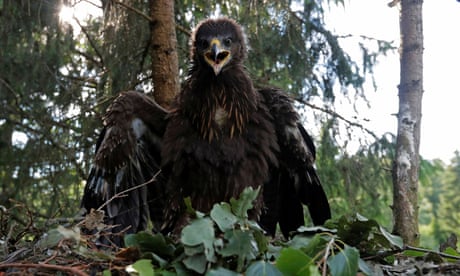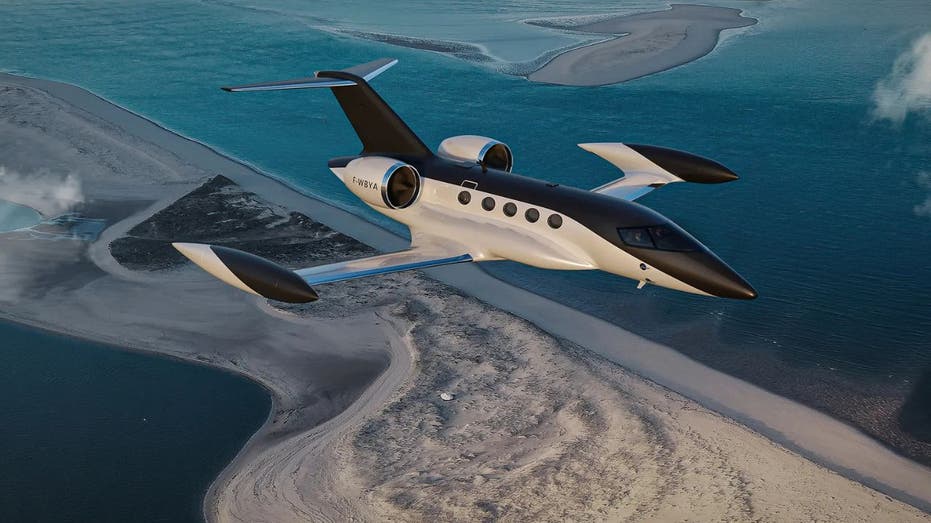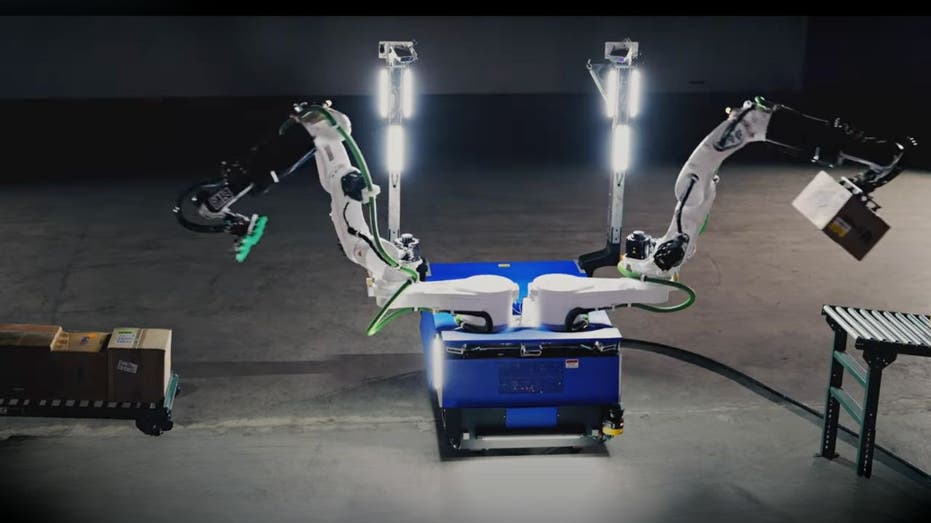- by foxnews
- 08 Apr 2025
Can AI stop rare eagles flying into wind turbines in Germany?
Can AI stop rare eagles flying into wind turbines in Germany?
- by theguardian
- 21 Sep 2022
- in technology

Lesser spotted eagles (named after the drop-shaped spots on their feathers) are fond of riding thermals over many of the flatlands earmarked for a mass expansion of onshore windfarms by a German government under pressure to compensate for a pending loss of nuclear power, coal plants and Russian gas.
Software engineers in Colorado are feeding hundreds of thousands of images of the airborne clanga pomarina into an algorithm. Linked to a camera system perched atop a 10-metre tower, the trained-up neural networks of the US company IdentiFlight are expected to detect eagles approaching from a distance of up to 750 metres and electronically alert the turbine.
The technological solution is also meant to solve a political conundrum for the Green party, the second-largest party in the three-way coalition government and driving force behind the new nature protection law. By keeping the peace between those of its supporters who define ecological politics predominantly as safeguarding biodiversity and those who prioritise mitigating the climate crisis.
Wind power companies complain that planning applications take longer and longer, with not only environmentalists but locals opposed to turbines having learned to use natural protection laws to stymie their plans.
Windfarms can in the future be built outside a 1.5km radius around the nest of the lesser spotted eagle, for example, down from 3km. In the north-eastern state of Mecklenburg-Vorpommern, conservation officers said this is likely to affect 10 nesting pairs.
Wind park developers may still be obliged to take additional measures to protect the at-risk birds, such as by switching off turbines while fields in the vicinity are being harvested, thus attracting birds of prey on the lookout for newly exposed field mice.
- by foxnews
- descember 09, 2016
Ancient settlement reveals remains of 1,800-year-old dog, baffling experts: 'Preserved quite well'
Archaeologists have recently unearthed the remarkably well-preserved remains of a dog from ancient Rome, shedding light on the widespread practice of ritual sacrifice in antiquity.
read more





